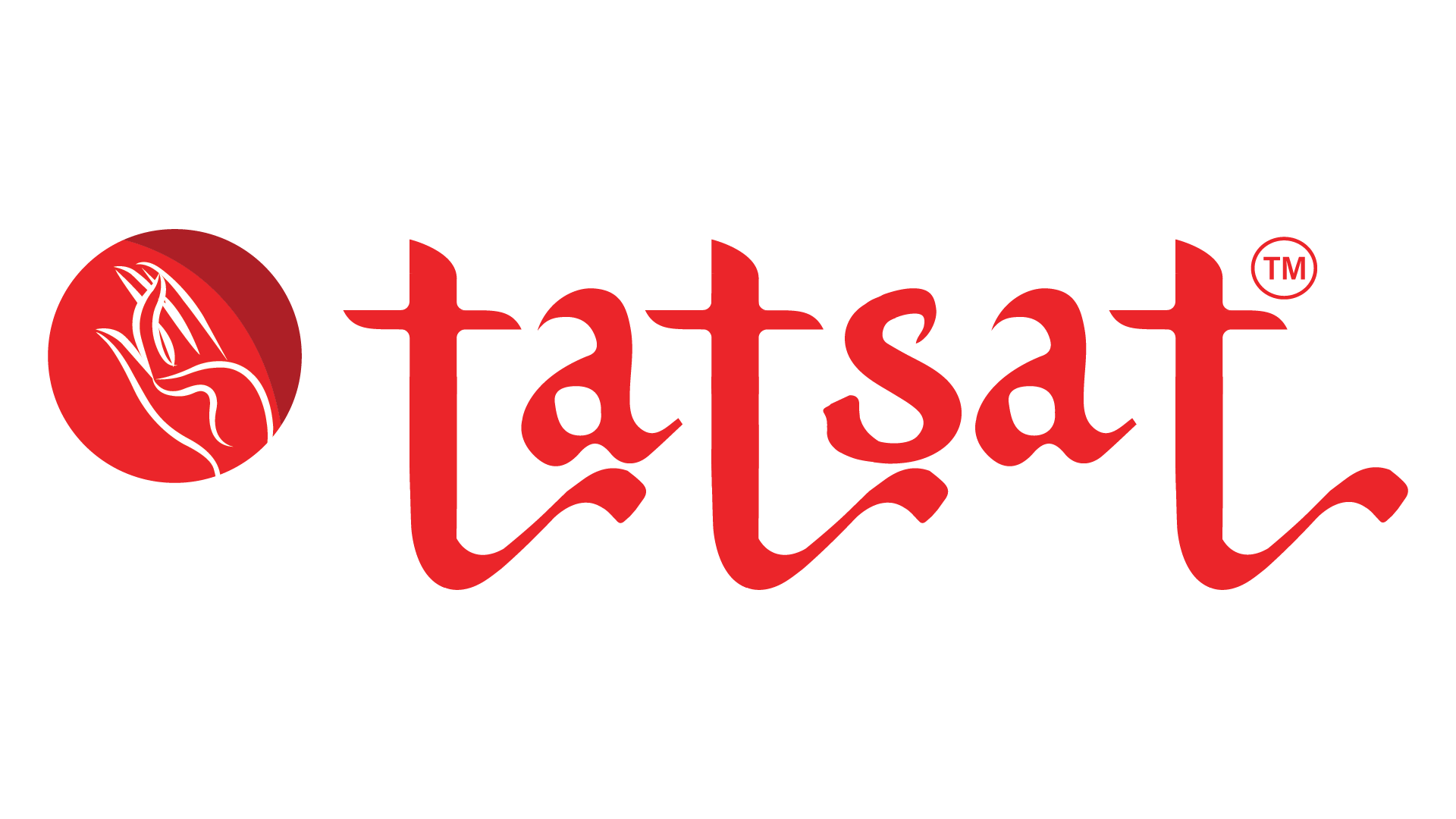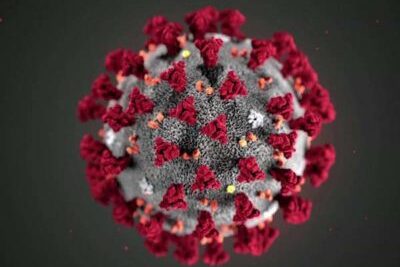
Healthcare: Awaiting the right dose
The Covid-19 pandemic has tested the resilience of our healthcare system. Although budgetary allocations for healthcare have been increasing, a huge gap remains between demand and supply. Healthcare in India is a story of contrasts: conditions in remote areas leave much to be desired while swank hospitals in metros attract medical tourism and are comparable to world-class healthcare.
The grim reality is that there is one government doctor for every 10,189 people (https://economictimes.indiatimes.com/industry/healthcare/biotech/healthcare/india-facing-shortage-of-600000-doctors-2-million-nurses-study/articleshow/68875822.cms?from=mdr) while the World Health Organization (WHO) recommends a ratio of 1:1,000.
The states show huge differences in facilities. In the NITI Aayog health index 2019 report card titled ‘Healthy States, Progressive India: Report on Rank of States and UTs’, Kerala ranked the best, and Uttar Pradesh was at the bottom (https://www.indiatoday.in/india/story/niti-aayog-helth-index-list-states-union-territories-kerala-tops-1556163-2019-06-26 ). Andhra Pradesh and Maharashtra emerged as the second and third best in terms of overall health performance respectively.
India’s total healthcare spending (out-of-pocket and public), at 3.6% of GDP, is lower than that of other countries (https://www.livemint.com/news/india/india-s-economy-needs-big-dose-of-health-spending-11586365603651.html). Despite such low spending in the public healthcare sector, it is commendable to note the progress the country has made in successful eradication of polio and in the reduction of epidemics caused by tropical diseases to a large extent.
In a COVID struck – post lockdown world, to overcome challenges of global supply chain disruptions, the spotlight is on India’s indigenous innovative capabilities, and capacity-enhancing state, there is a strong need for new, all-inclusive and supportive policies to embrace the global demand. The healthcare sector has a lot of potential. According to an IBEF report (https://www.ibef.org/download/healthcare-jan-2019.pdf) published in 2019: “India is expected to rank amongst the top three healthcare markets in terms of incremental growth by 2020. In FY17, Indian healthcare sector stood as the fourth largest employer as the sector employed a total of 319,780 people.” Covid-19 queered the pitch for all sectors of the economy.
To build a robust healthcare system for the future, vulnerable sections’ needs must be addressed. Ayushman Bharat Pradhan Mantri Jan Arogya Yojana (PMJAY) is one such endeavour by the government (https://pmjay.gov.in/about/pmjay). It aims at providing a health cover of Rs 5 lakh per family per year for secondary and tertiary care hospitalization to over 10.74 crores poor and vulnerable families (approximately 50 crore beneficiaries) that form the bottom 40% of the Indian population.
The pandemic is a reminder of the importance of prioritizing healthcare. Finance Commission chairman NK Singh announced in July 2020 that a special chapter would for the first time be included in its report on health and that an increased fund allocation is in the offing (https://economictimes.indiatimes.com/news/economy/finance/fifteenth-finance-commissions-high-level-group-on-health-to-work-with-world-bank-on-recommendations-for-health-sector/articleshow/76837594.cms?from=mdr). The health sector certainly awaits such dose to help it deal with unexpected challenges.



